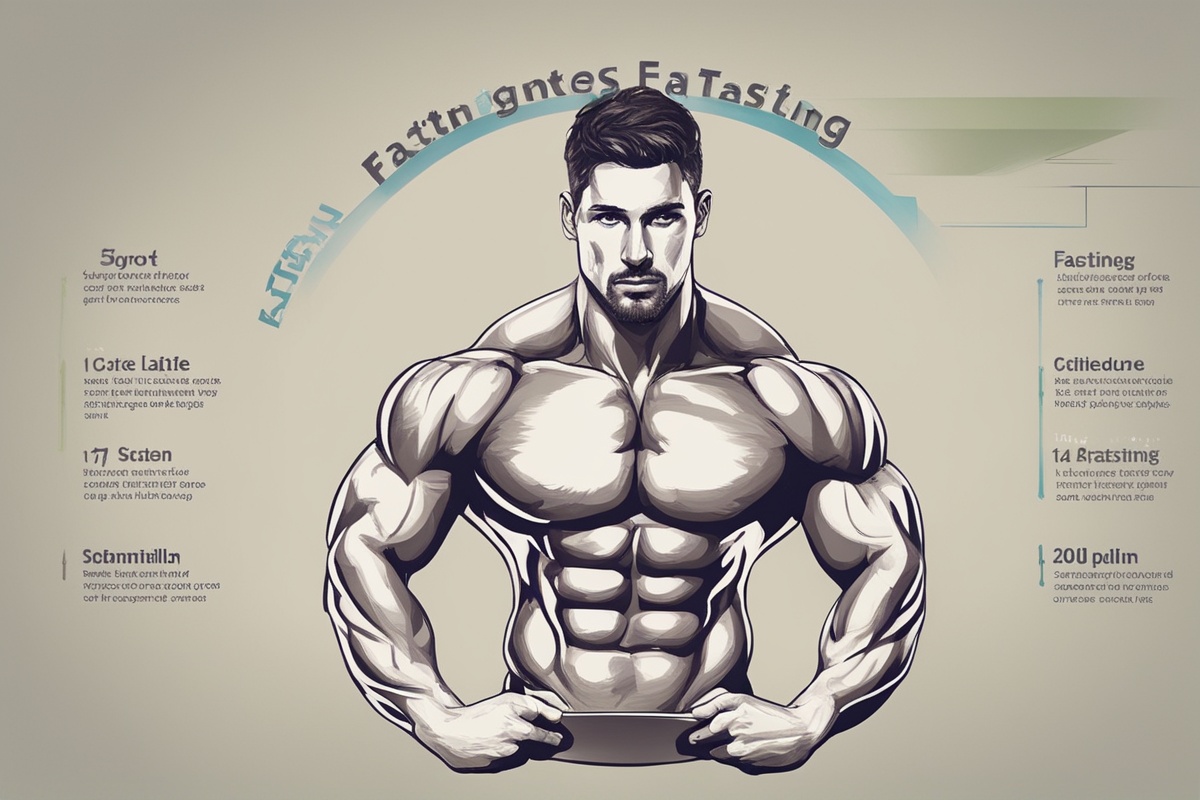Hey there, health enthusiasts! If you’ve been exploring ways to boost your wellness, you’ve likely stumbled upon the concept of fasting fitness—a dynamic combo of fasting and exercise that’s gaining traction for its incredible benefits. Whether you’re practicing intermittent fasting or longer fasts, pairing it with physical activity can supercharge your results, from fat loss to mental clarity. In this post, we’re diving deep into how fasting and exercise work together, backed by science, and I’ll share practical tips to help you navigate this lifestyle safely and effectively. Let’s unlock the potential of fasting fitness and see how it can transform your health journey!
What Is Fasting Fitness, and Why Does It Matter?
Fasting fitness refers to the strategic integration of fasting protocols, like intermittent fasting (IF), with a consistent exercise routine to optimize health and performance. The idea is simple: fasting pushes your body into a state of metabolic flexibility, where it burns stored fat for fuel, while exercise amplifies this effect by increasing energy expenditure and building muscle. Together, they create a powerful synergy for weight management, improved endurance, and even longevity. Research shows that fasting can enhance autophagy—the body’s cellular cleanup process—while exercise boosts cardiovascular health, making this duo a holistic approach to wellness. But why does it matter? In a world of fad diets and quick fixes, fasting fitness offers a sustainable way to improve your body composition and energy levels without extreme measures.
The Science Behind Fasting and Exercise
Let’s nerd out for a moment on the science of fasting fitness. When you fast, your insulin levels drop, and your body shifts from using glucose as its primary energy source to burning fat through a process called ketosis. This metabolic switch is a goldmine for fat loss, especially when paired with exercise. Studies, such as those published in the Journal of Physiology, suggest that exercising in a fasted state can increase fat oxidation by up to 20% compared to working out after eating. Additionally, fasting elevates growth hormone levels, which support muscle recovery and repair—key for anyone looking to build strength. Meanwhile, physical activity during fasting can enhance brain-derived neurotrophic factor (BDNF), a protein linked to improved cognition and mood. So, fasting fitness isn’t just about the body; it’s a brain booster too!
Benefits of Combining Fasting with Exercise
The perks of fasting fitness go beyond just shedding a few pounds. When done correctly, this combination can revolutionize your health. Here are some standout benefits that make it worth trying:
- Increased Fat Burning: Exercising while fasting encourages your body to tap into fat reserves for energy, accelerating weight loss.
- Improved Insulin Sensitivity: Fasting and exercise together enhance your body’s response to insulin, reducing the risk of type 2 diabetes.
- Enhanced Mental Focus: Many report sharper clarity during fasted workouts, thanks to elevated ketone levels fueling the brain.
- Time Efficiency: Combining intermittent fasting with exercise means fewer meals to prep and more time to focus on your fitness goals.
These benefits highlight why fasting fitness is becoming a go-to strategy for those seeking sustainable health improvements. It’s not just a trend; it’s a lifestyle shift grounded in how our bodies are wired to function.
How to Safely Start a Fasting Fitness Routine
Ready to dive into fasting and exercise? Awesome! But before you jump in, let’s talk safety and strategy. Fasting fitness isn’t a one-size-fits-all approach, and listening to your body is crucial. If you’re new to fasting or exercise, start slow—don’t attempt a 24-hour fast and a high-intensity workout on day one. Begin with a simple intermittent fasting schedule, like the 16:8 method (16 hours fasting, 8 hours eating), and pair it with light activity such as walking or yoga. As your body adapts, you can ramp up the intensity with strength training or cardio. Hydration is non-negotiable—drink plenty of water, especially during fasted workouts, to avoid dehydration. And if you feel dizzy or overly fatigued, break your fast with a small, nutrient-dense meal. The goal of fasting fitness is progress, not punishment, so ease into it with patience.
Best Types of Exercise for Fasting Fitness
Not all workouts are created equal when it comes to fasting fitness. The type and timing of exercise can make a big difference in how your body responds. Here’s a breakdown of the best exercises to pair with fasting for optimal results:
- Low-Intensity Cardio: Activities like walking or cycling during a fast are gentle on the body and maximize fat burning without draining energy.
- Strength Training: Lifting weights in a fasted state can boost growth hormone release, aiding muscle repair—just keep sessions short if you’re new to this.
- Yoga or Stretching: These practices reduce stress and improve flexibility, making them ideal for fasting days when energy might be lower.
- High-Intensity Interval Training (HIIT): If you’re experienced, short bursts of HIIT near the end of your fast can spike fat loss, but fuel up soon after.
- Bodyweight Exercises: Push-ups, squats, and planks are convenient and effective for maintaining muscle mass during fasting periods.
Experiment with these to find what feels best for your fasting fitness journey. Timing also matters—many find morning fasted workouts most effective, as your body is already in a fat-burning mode after an overnight fast.
Common Pitfalls to Avoid in Fasting Fitness
While fasting fitness offers amazing benefits, it’s easy to make mistakes if you’re not mindful. One common pitfall is overtraining—pushing too hard during a fast can lead to burnout or injury. Remember, fasting reduces your glycogen stores, so your energy for intense workouts may be limited. Another mistake is neglecting nutrition during eating windows. Fasting isn’t an excuse to skimp on calories or nutrients; focus on whole foods like lean proteins, healthy fats, and complex carbs to refuel properly. Also, don’t ignore your body’s signals. If you’re feeling weak or lightheaded, it’s okay to adjust your fasting schedule or workout intensity. Lastly, avoid jumping into extended fasts without preparation—build up gradually to prevent stress on your system. By sidestepping these traps, you’ll make fasting and exercise a sustainable part of your routine.
As we wrap up, it’s clear that fasting fitness is more than a buzzword—it’s a science-backed strategy to elevate your health, burn fat, and sharpen your mind. By blending fasting protocols with the right exercise, you can tap into your body’s natural rhythms for incredible results. Start small, stay hydrated, and prioritize balance to make this lifestyle work for you. Whether you’re aiming for weight loss, better endurance, or just a clearer headspace, fasting and exercise can be your ticket to lasting wellness. So, why not give fasting fitness a try? Share your thoughts or experiences in the comments—I’d love to hear how this powerful combo works for you!






